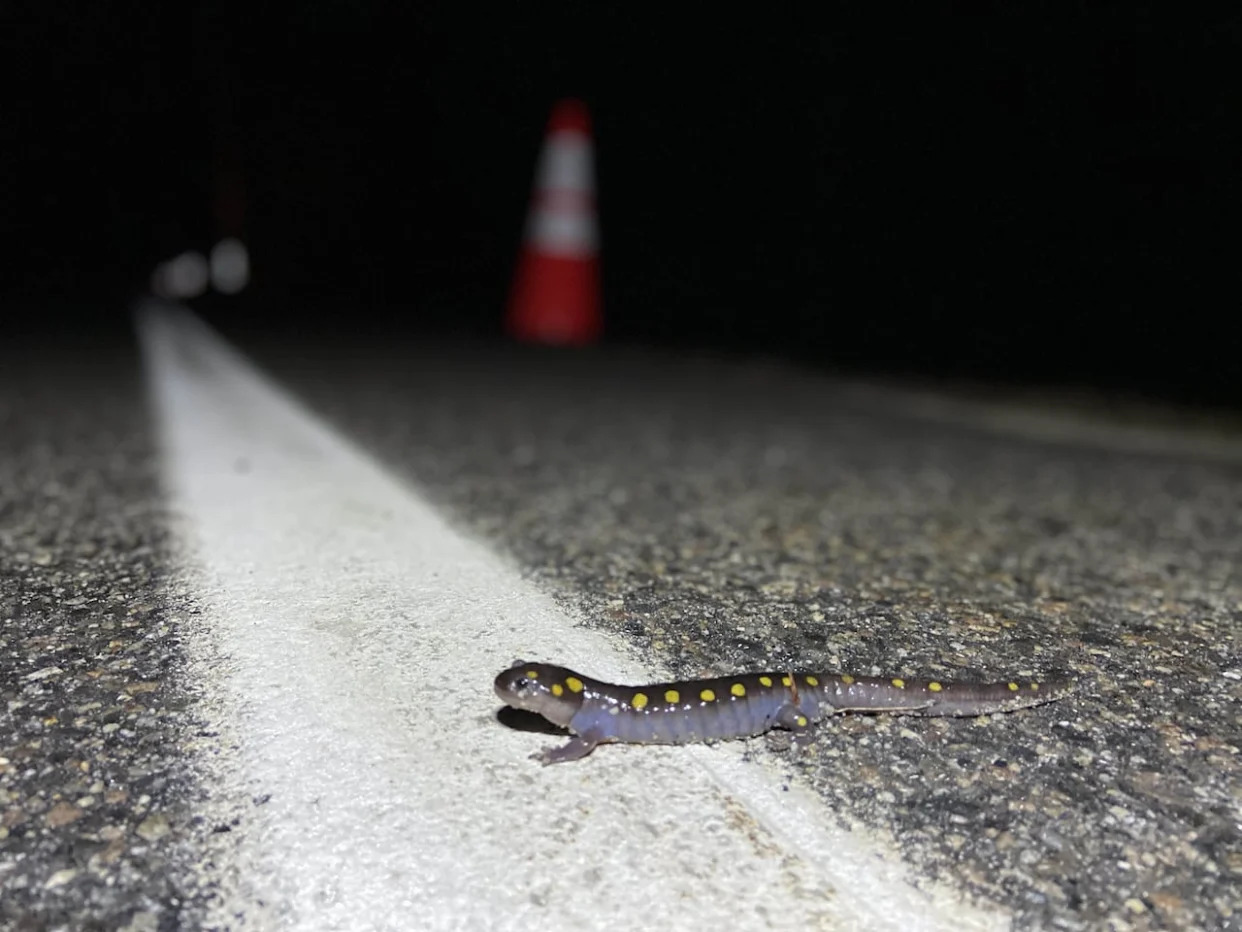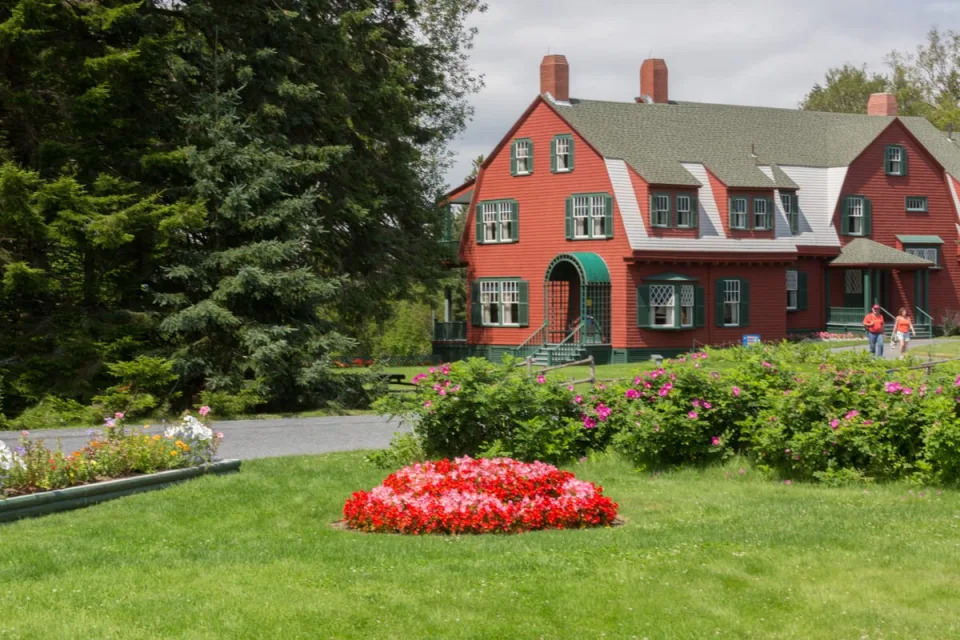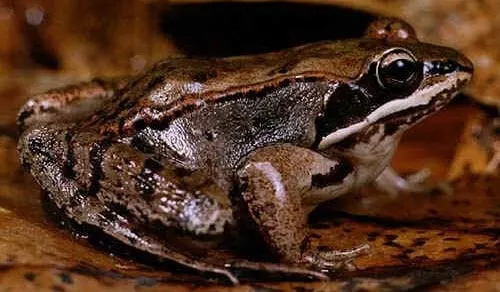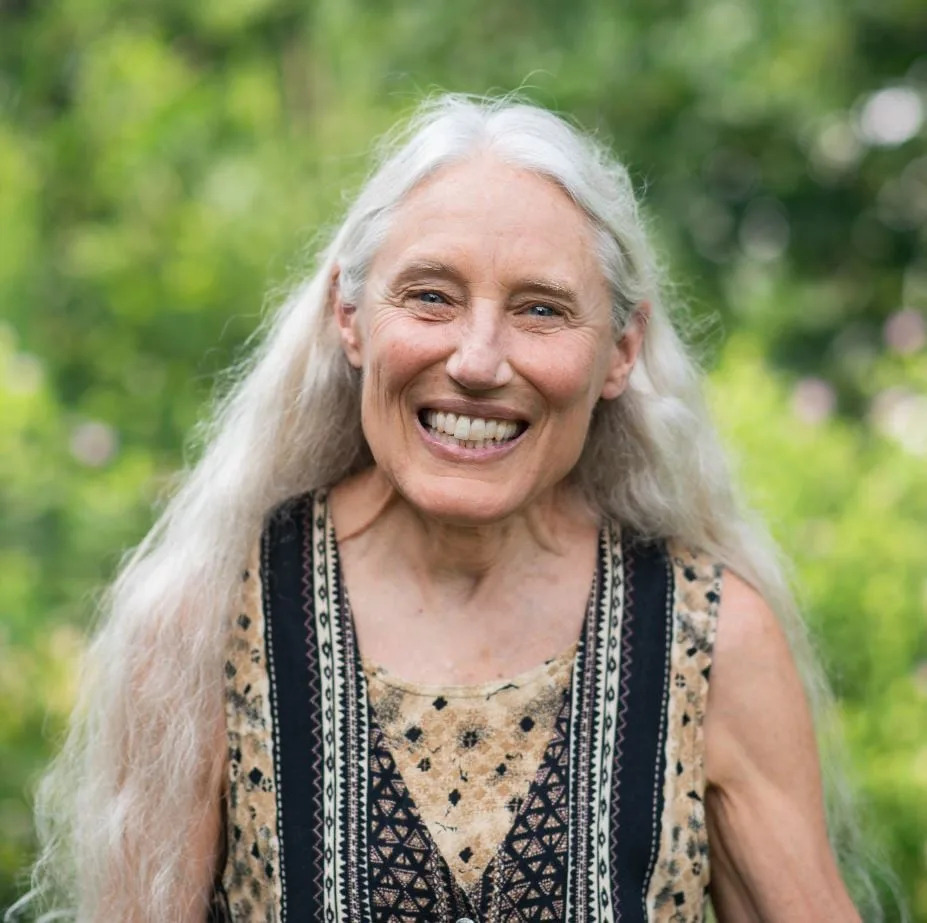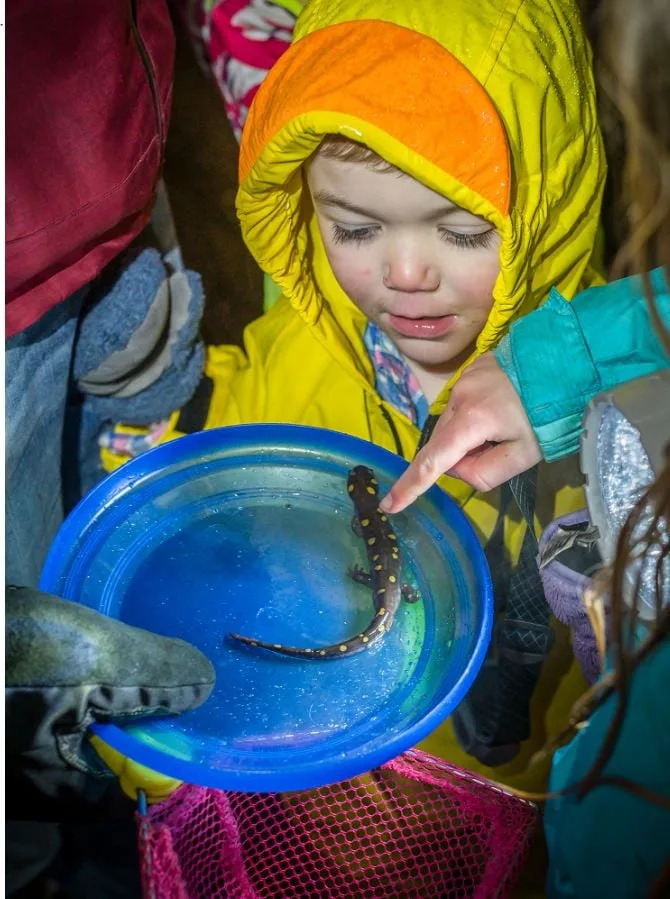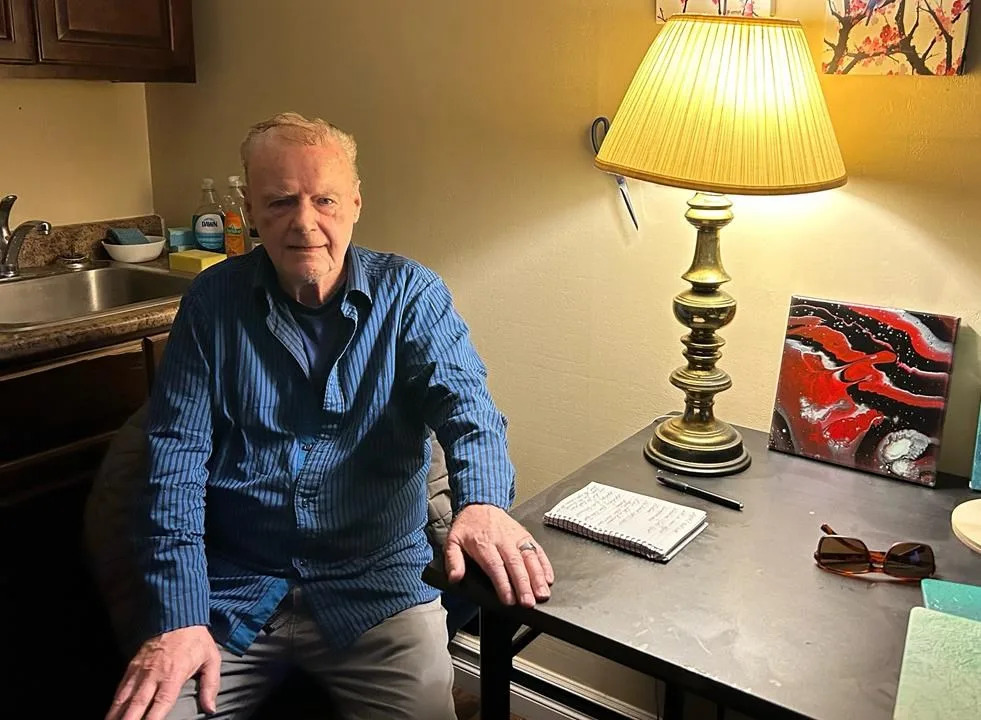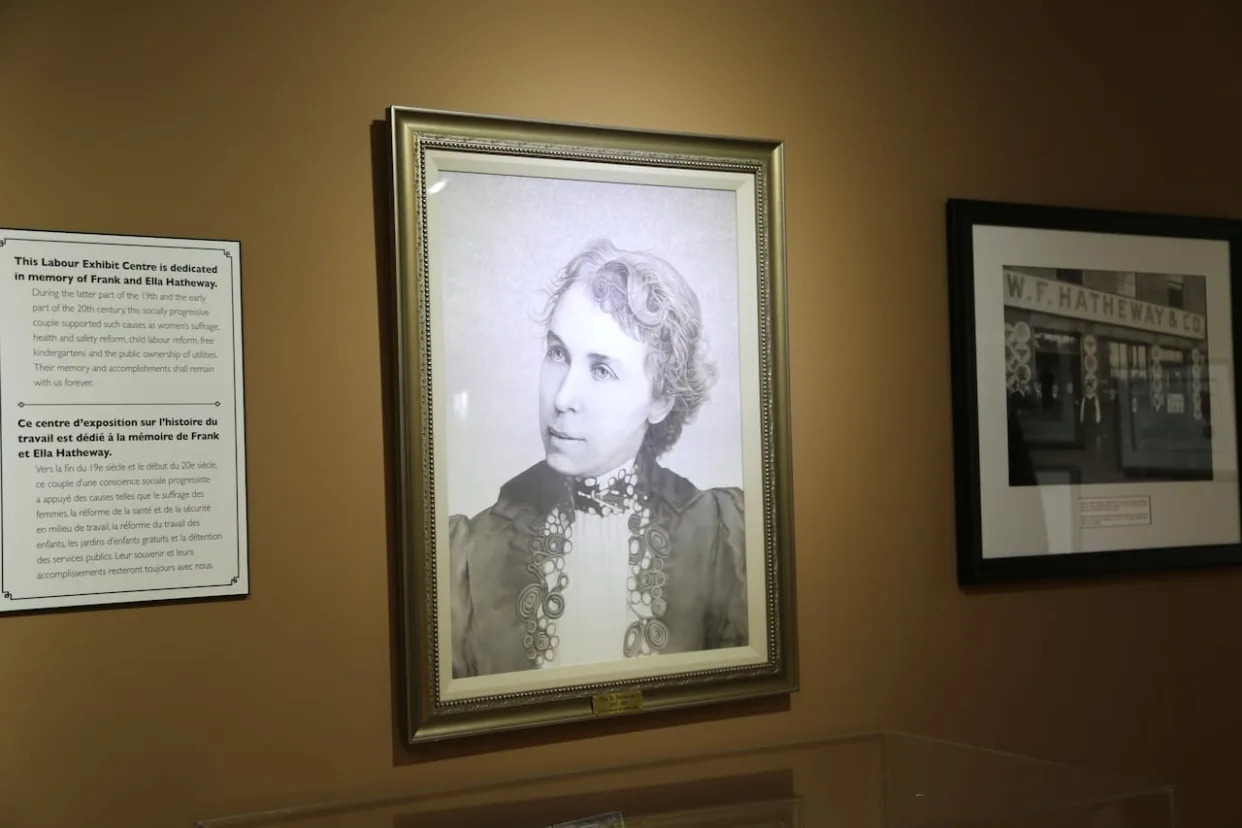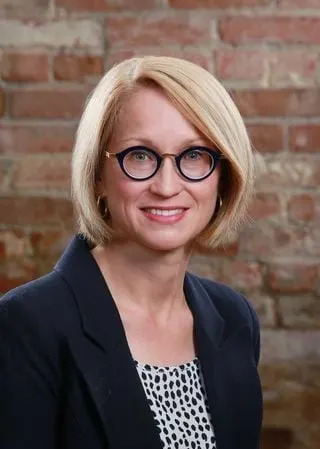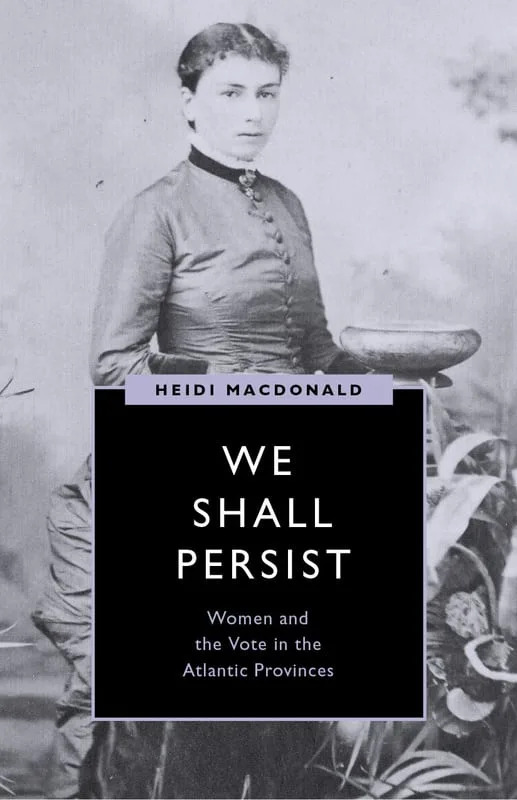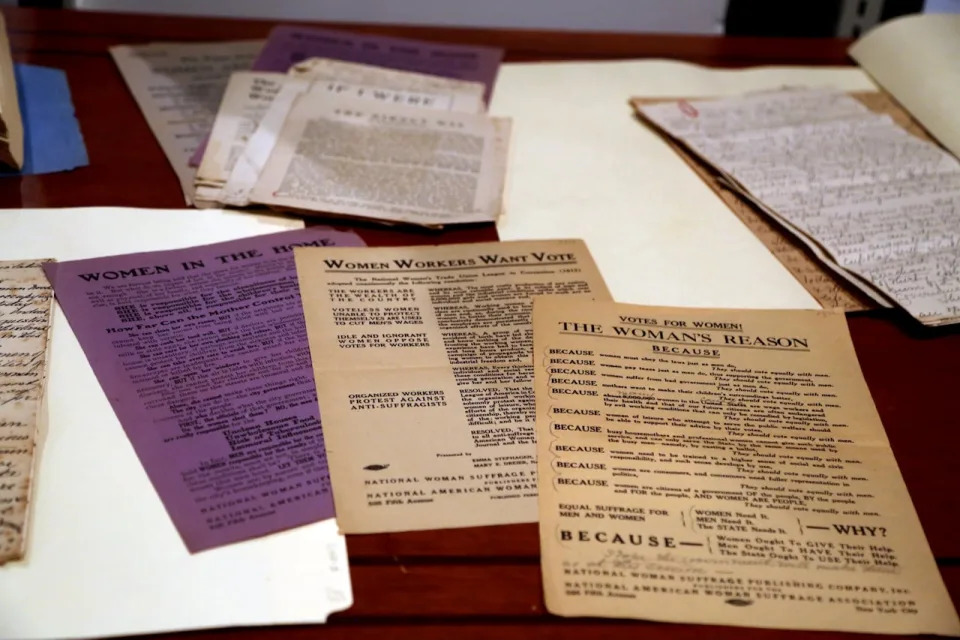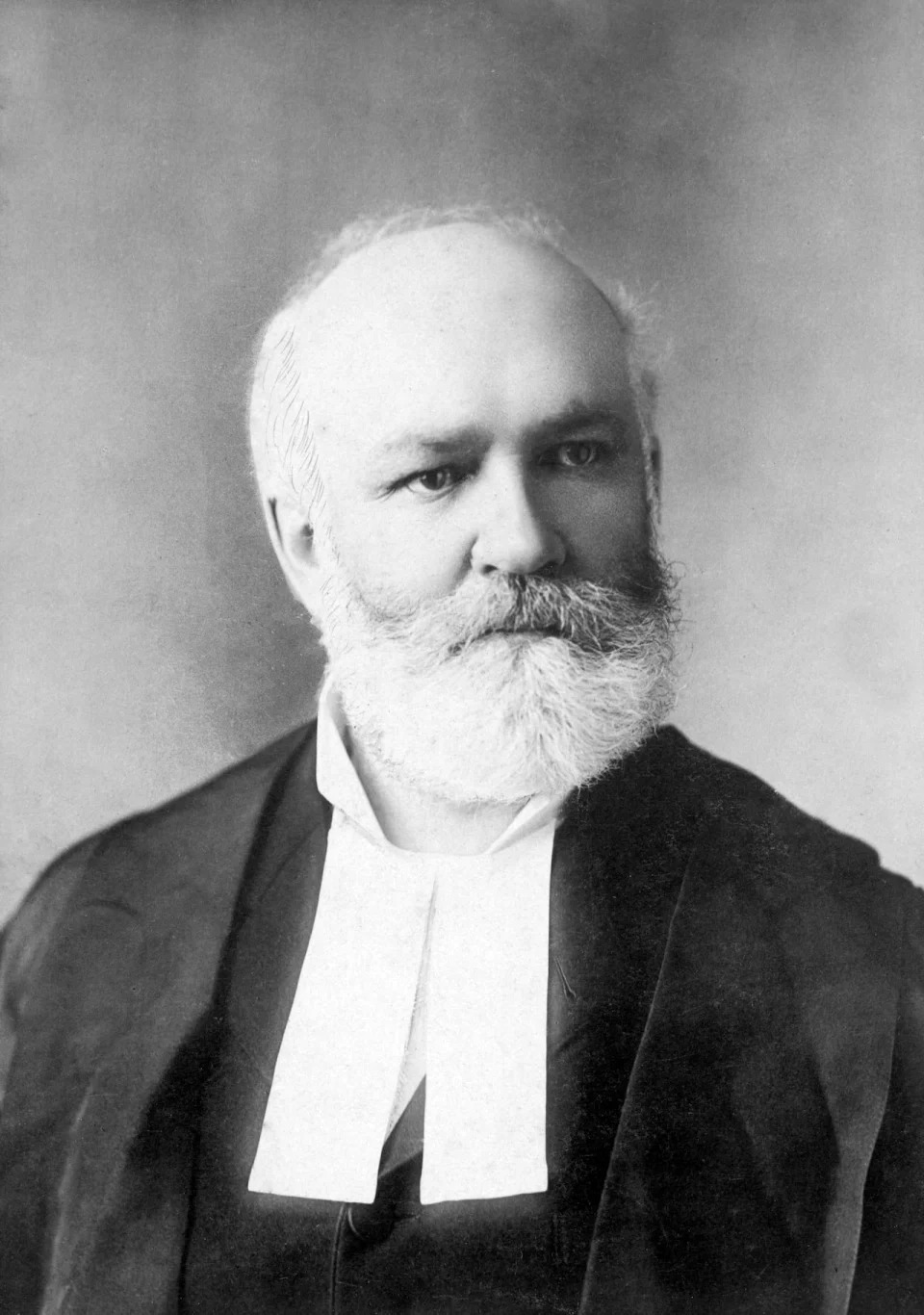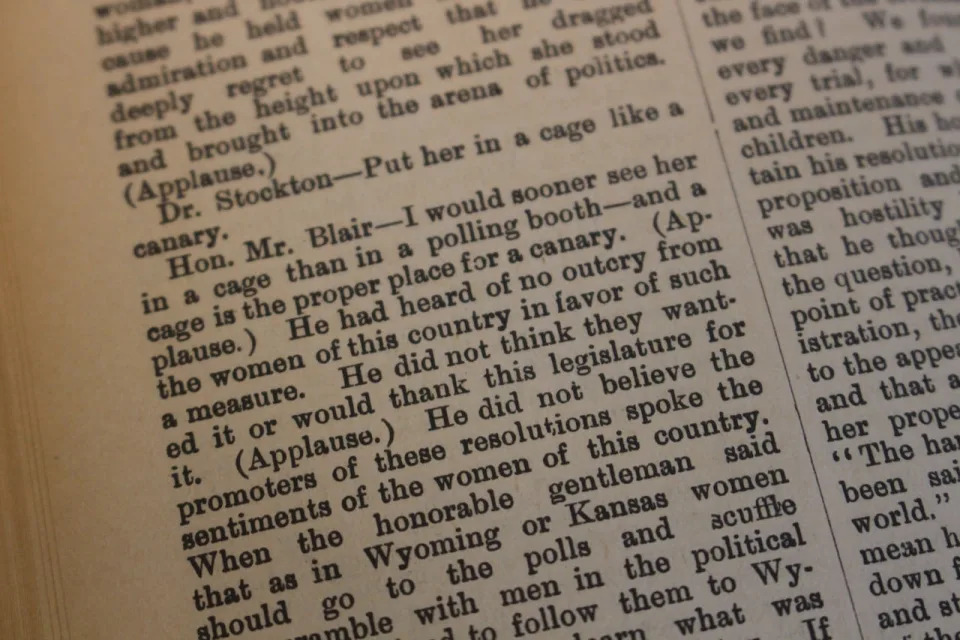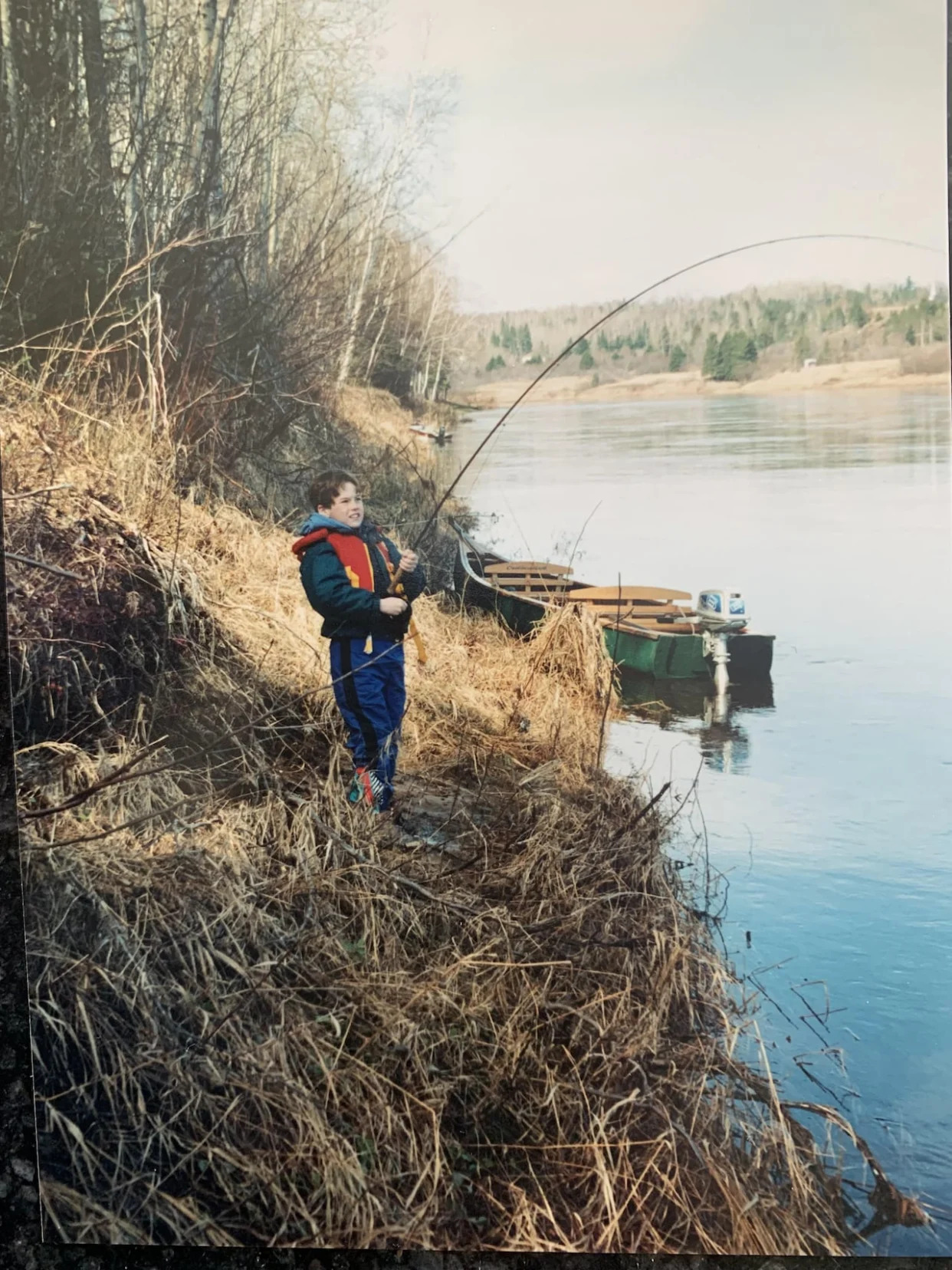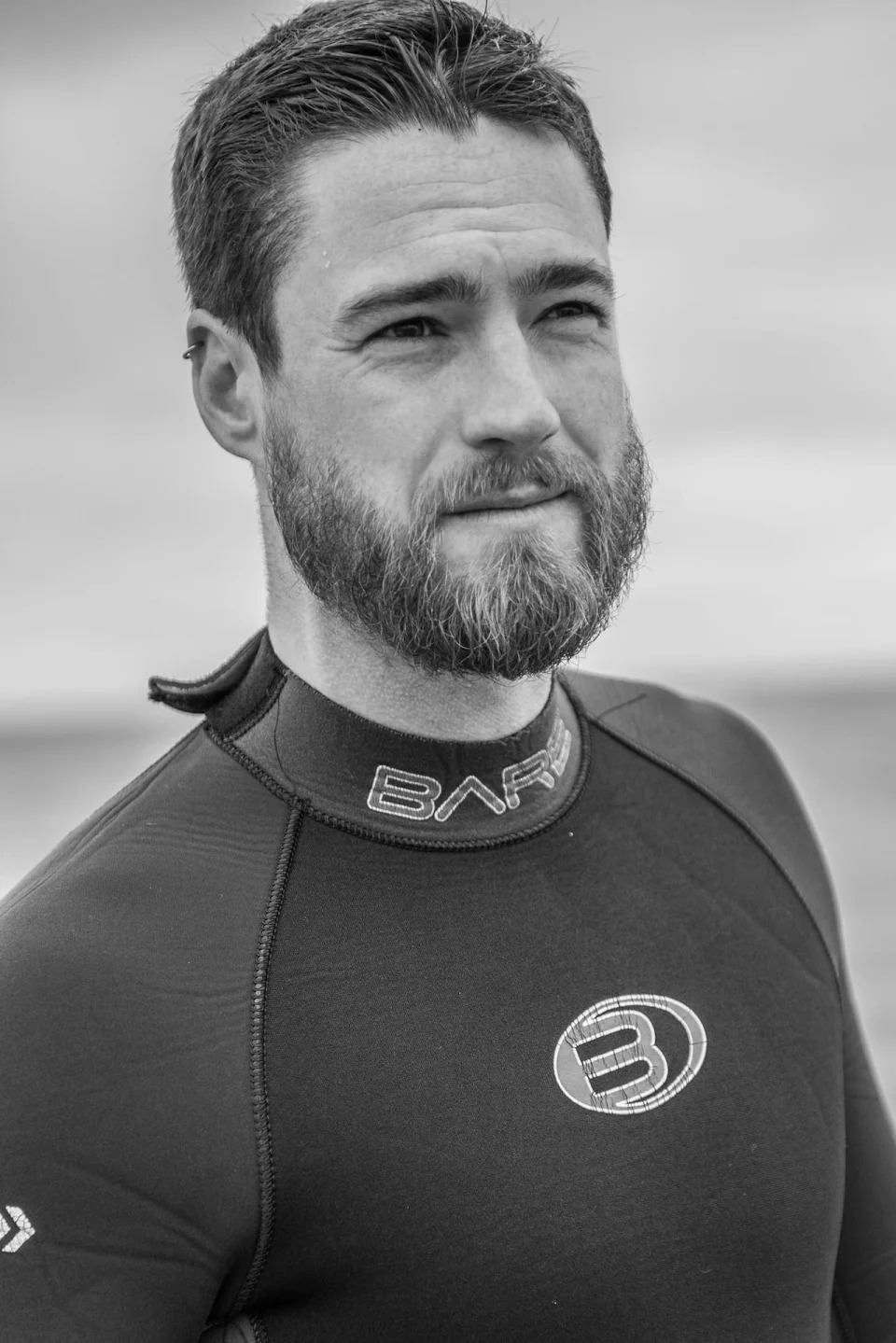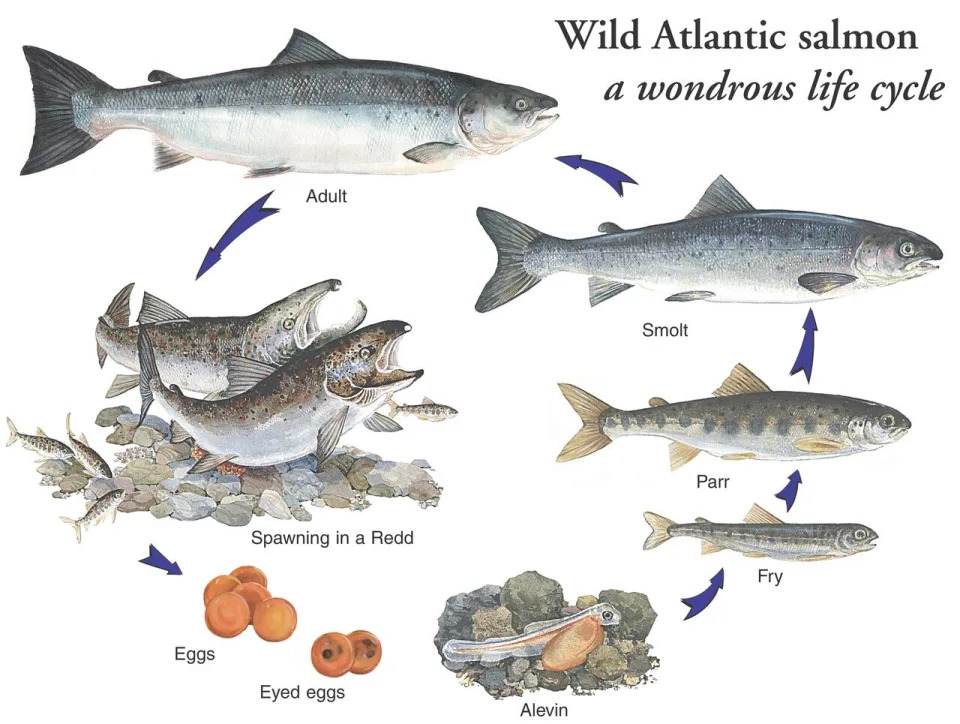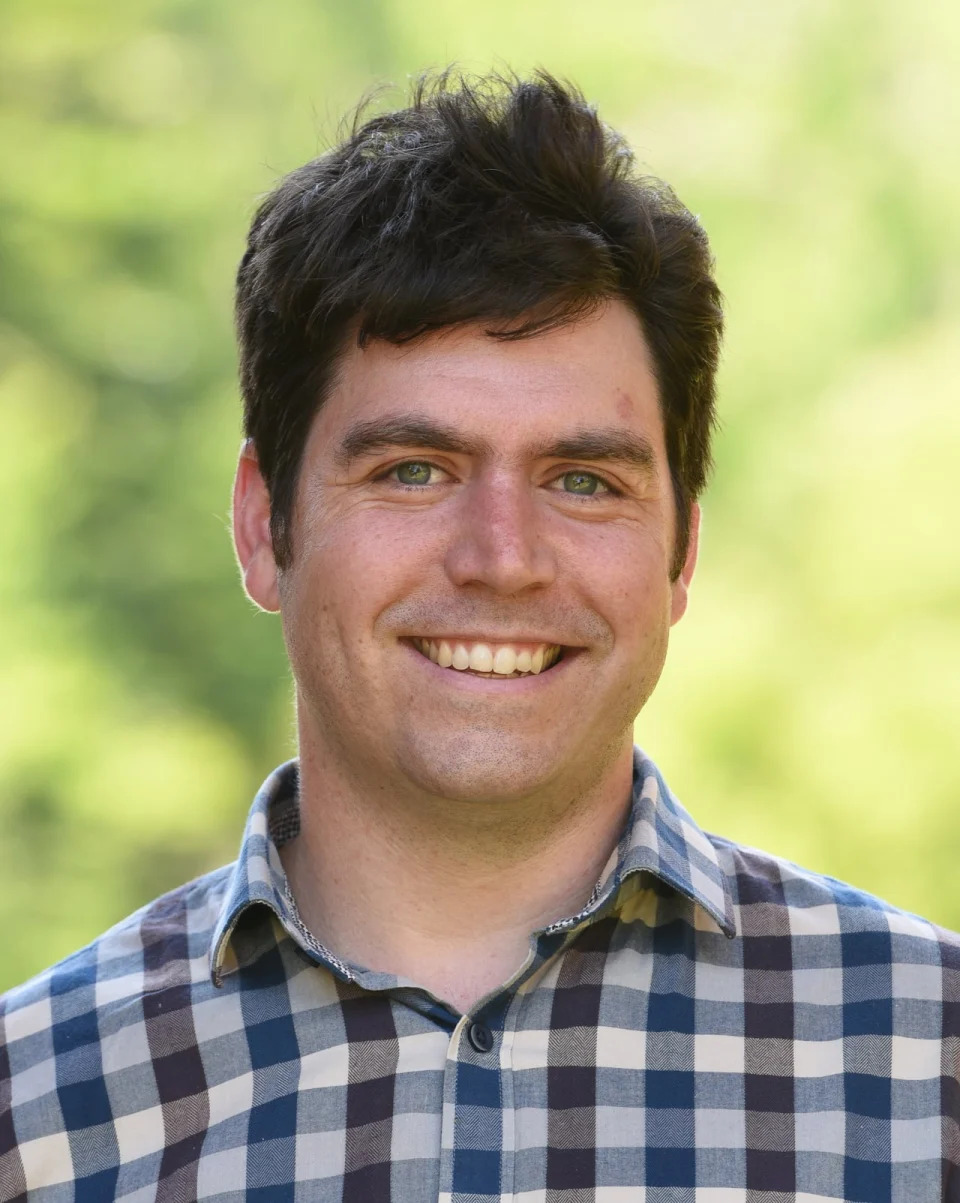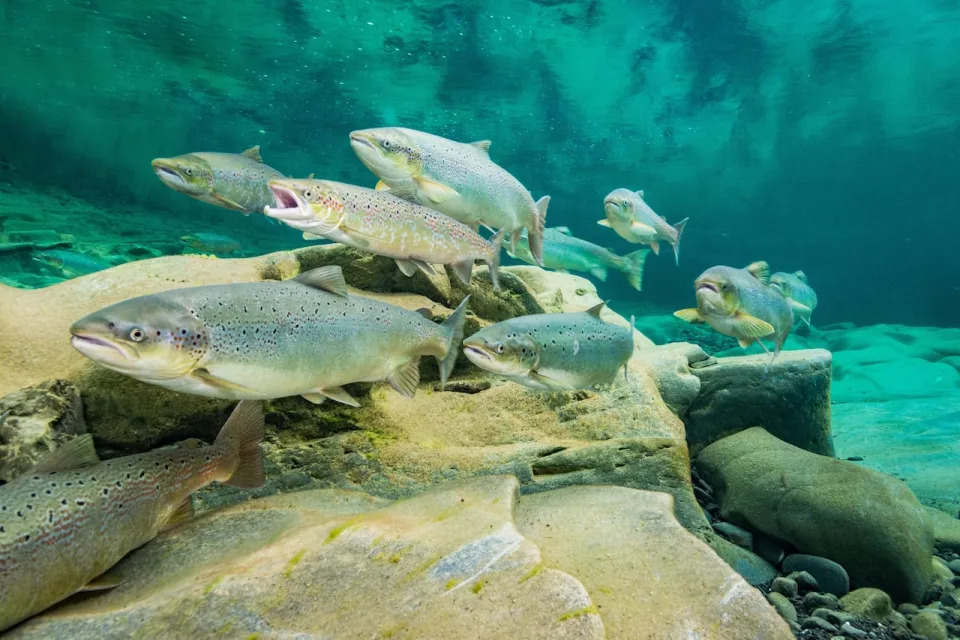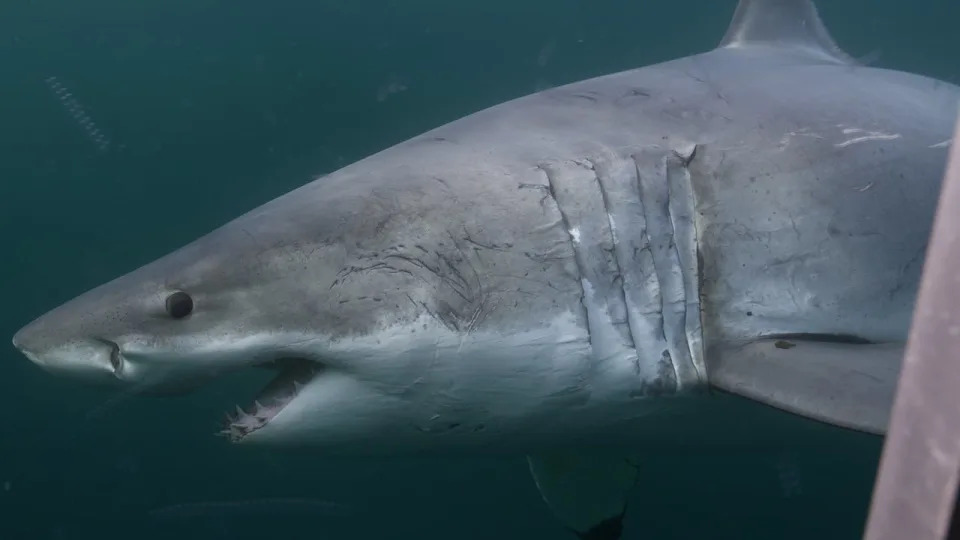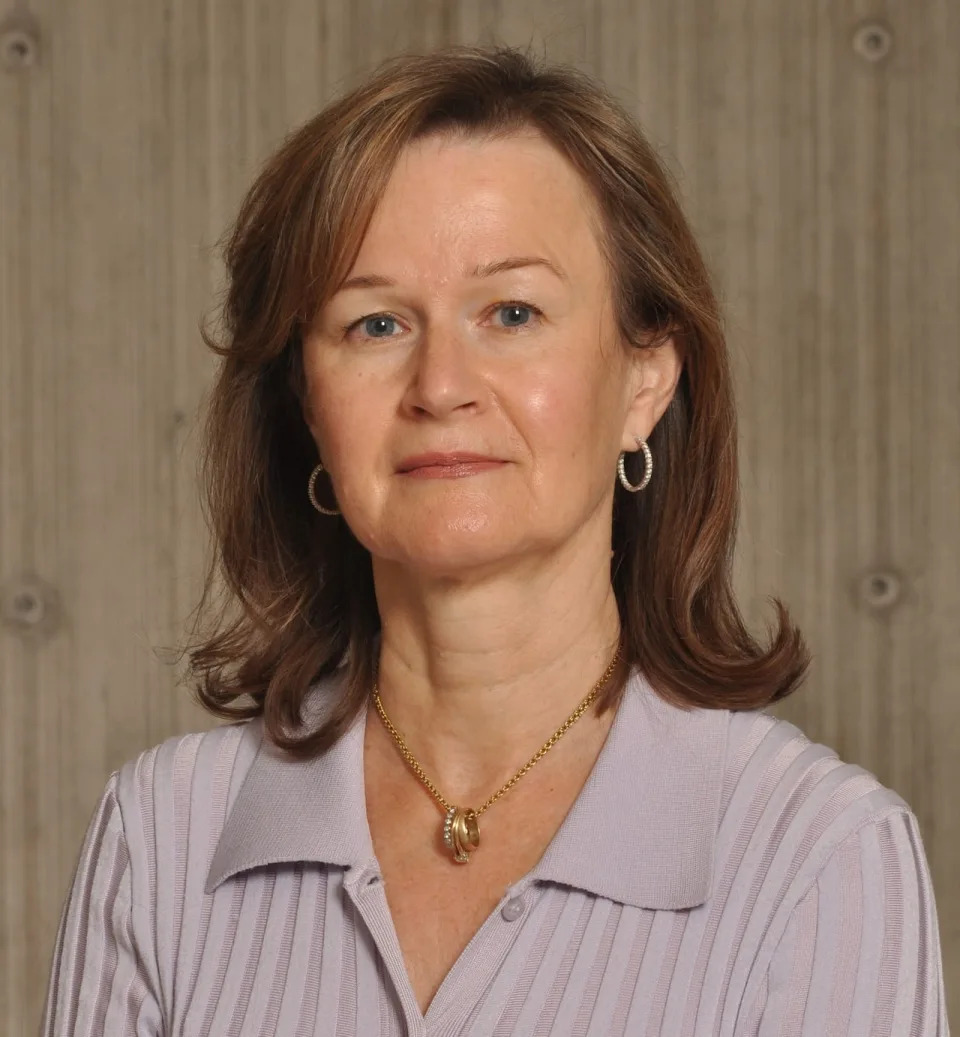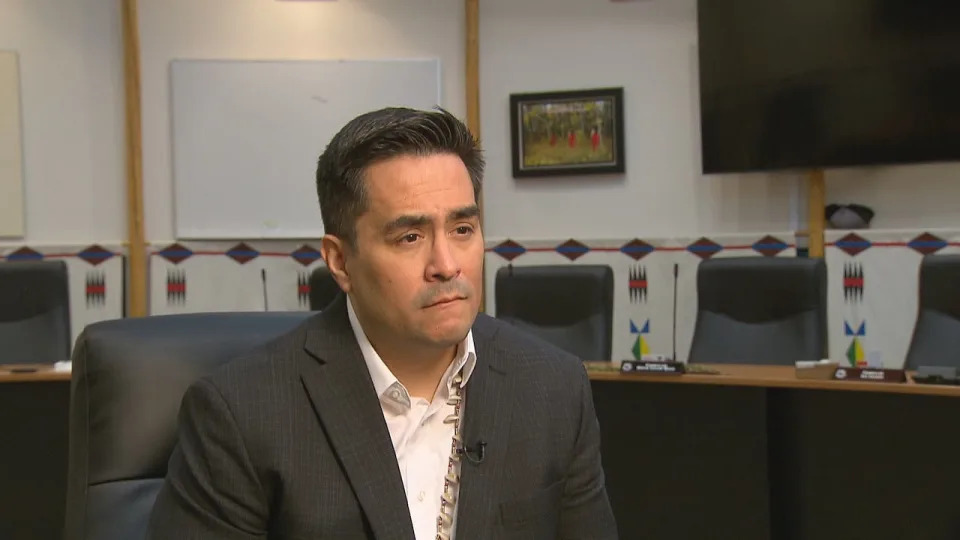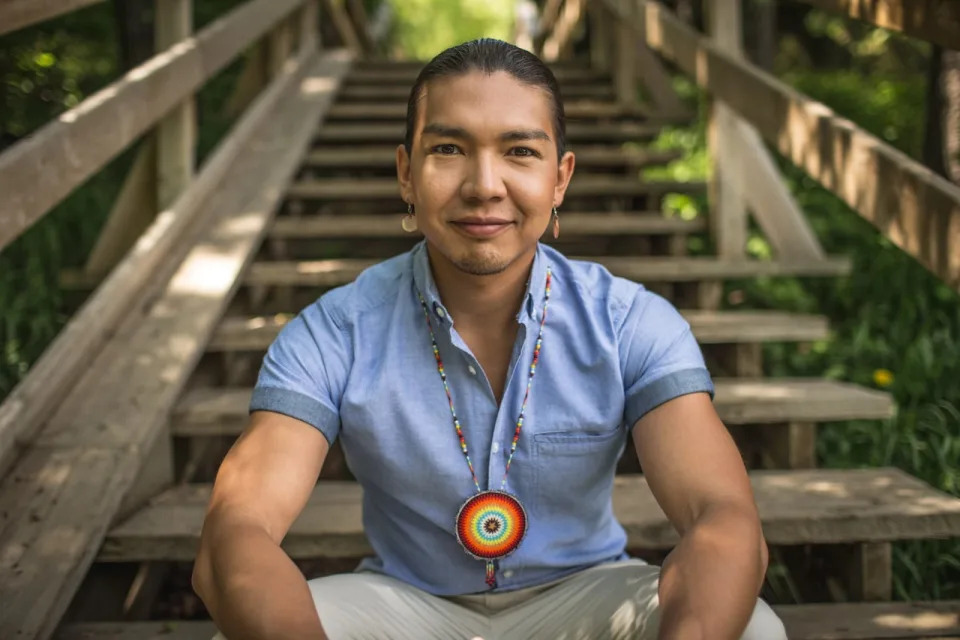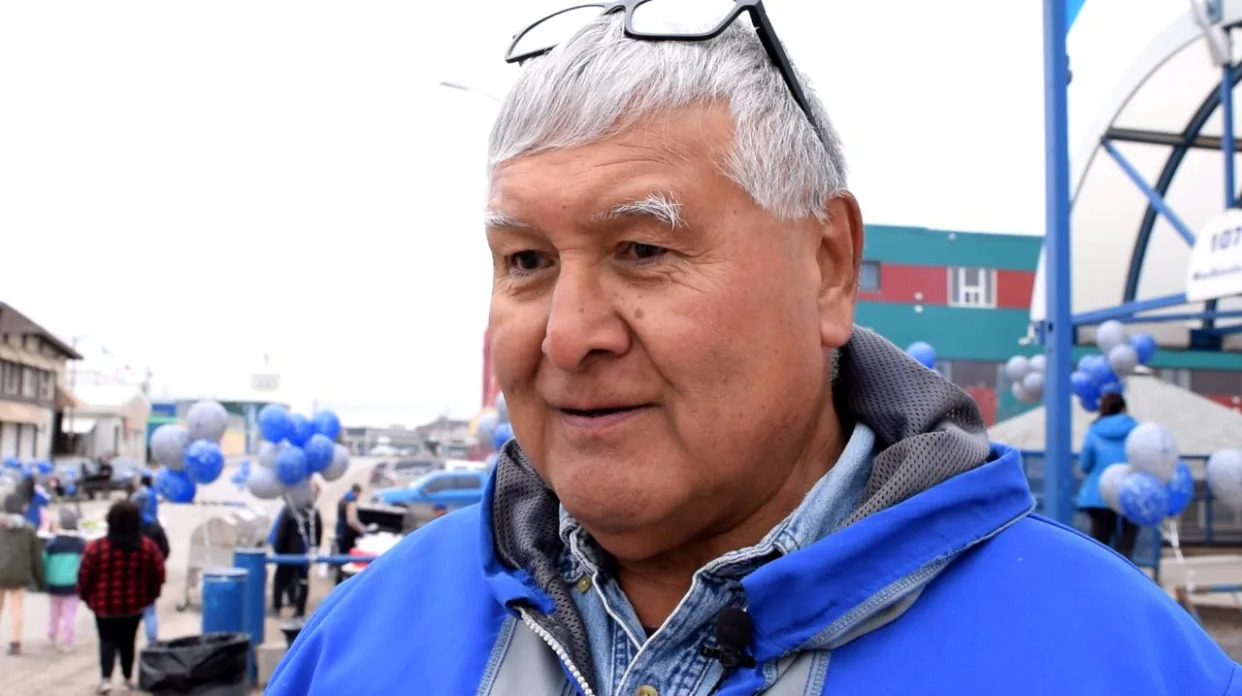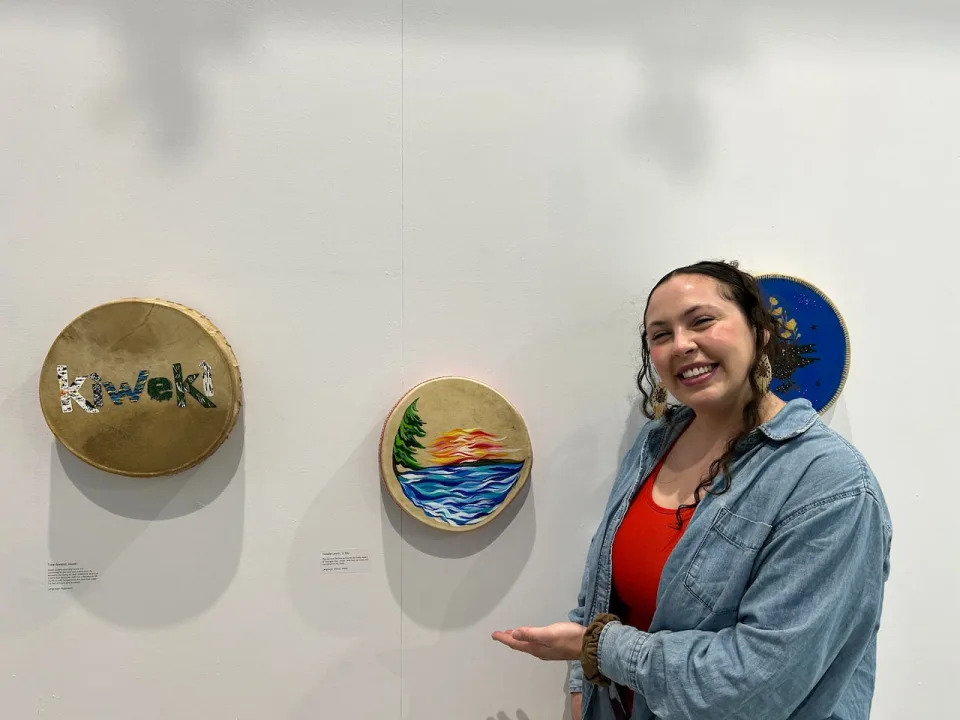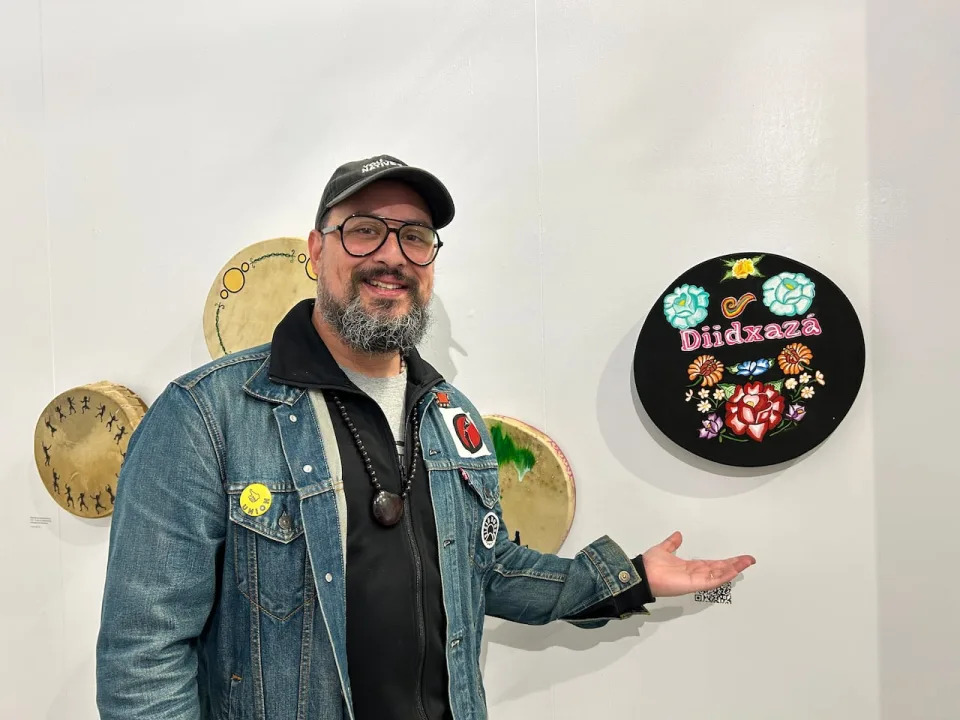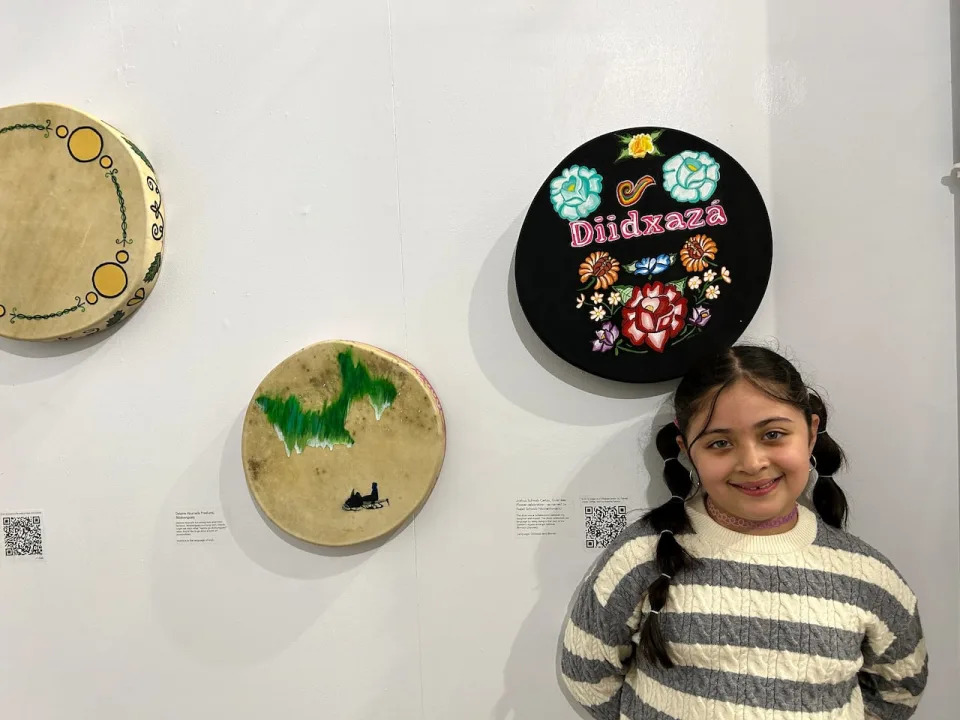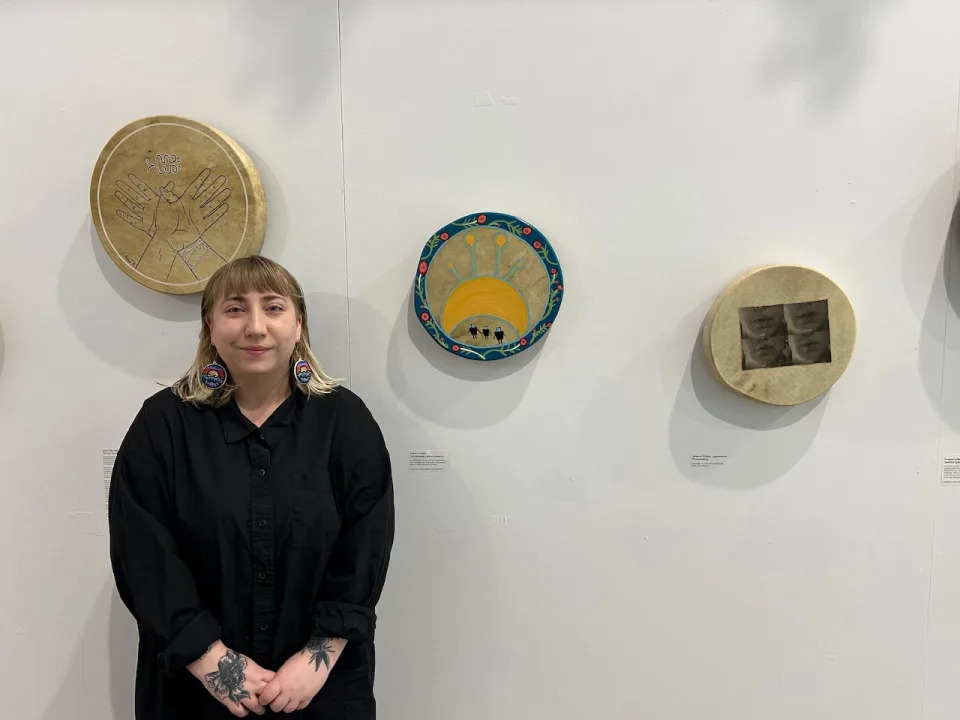CBC
Sat, April 20, 2024
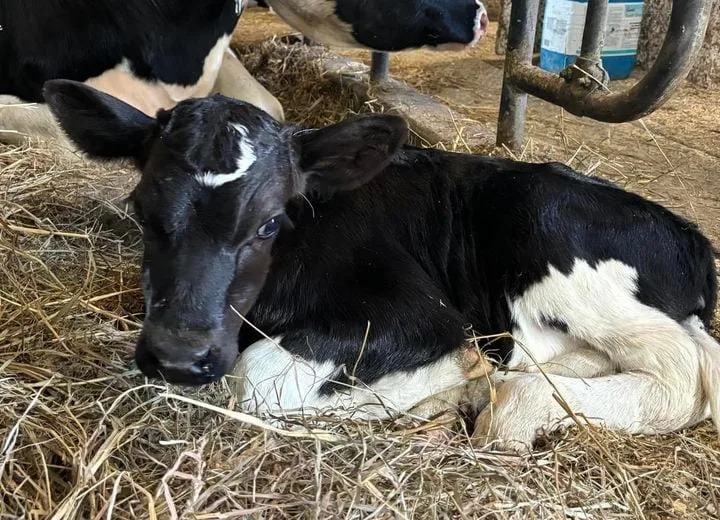
Eclipse the Holstein calf was born on the same day as the total solar eclipse on a dairy farm in Kingston, Ont. (Laura Carey/Facebook - image credit)
An aptly-named calf born near Kingston, Ont., is causing quite a stir due to her unusual markings.
Eclipse was born with a white crescent moon-shaped mark on her forehead. Not only that, but she was born on Apr. 8, the same day a historic total solar eclipse briefly plunged the region into darkness.
Laura Carey owns Carey Farm with her husband Michael and his brother Neil. The dairy farm has been in Michael's family for four generations and has 150 cows, 65 of them used for milking.
Carey was milking the cows when she first noticed the newborn calf's unique marking.
"I thought it was cool but I didn't really pay much attention until the next day when I got a better look at her and I thought, oh my gosh, look at the marking, it's like an eclipse," Carey told CBC.
Eclipse is a Holstein, the breed many people picture when they image a dairy cow. They're often born with remarkable spots and markings, Carey said.
"Over the years we've had [markings] that look like hearts and ones that look like question marks," she said.
Photo took off on social media
On April 9, Carey posted a photo of Eclipse on Facebook. Shortly after, she received a message from a family member alerting her to the post's growing popularity.
"Soon enough it had 40 [shares] and then the vet shared it, and it went off from there," Carey said.
Eclipse was quite small for a Holstein calf, weighing in at around 32 kilograms. Most calves are closer to 45 kilograms.
Carey's post describes Eclipse as "a tiny girl with a big attitude."
"Cows are no different from you and I," she said. "They come in all personality types."
Like the celestial event she's named after, Eclipse attracts attention, Carey said.
"We have another calf right now and she's laid back, I could do anything to her. But Eclipse has got a little more spice to her."
